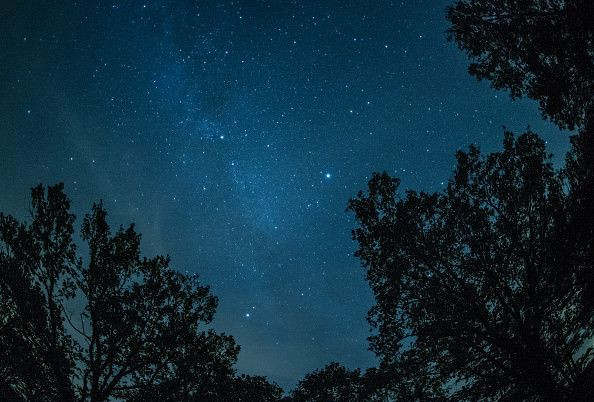Amateur Astronomer Discovers Explosion In Cassiopeia And You May See It Too
KEY POINTS
- An amateur astronomer in Japan spotted a new object in the sky
- It turned out to be a "classical nova" explosion
- Skywatchers may try to catch a glimpse of it before it fades
Grab your telescopes because there's a new thing to spot in the sky. An amateur astronomer discovered a rarely visible nova, and you may also want to catch it before it is gone.
Last week, amateur astronomer Yuji Nakamura of Kameyama City in Japan discovered a new object in Cassiopeia, the National Astronomical Observatory of Japan (NAOJ) said in a statement. Follow-up observations using the Seimei Telescope the day right after the discovery confirmed that the object was actually a "classical nova" in the brightening phase. Such objects are caused by a nuclear explosion on the surface of a white dwarf, likely from an interaction with a companion star.
During such outbursts, classical novae can brighten by up to 19 magnitudes before going back to their original brightness level, Swinburne University of Technology (SUT) explained. Sure enough, since the new nova was discovered, it has reportedly brightened from 9.1 magnitude, which is too faint to see, to 7.6 magnitude within just a few days, EarthSky reported.
On the astronomical magnitude scale, brighter objects have lower magnitudes, and the dimmest objects that we can see with the naked eye are those at magnitude 7, Globe at Night explained. This means that at 7.6, the object now named V1405 Cas can become bright enough to be visible using binoculars or a telescope. And if it continues to brighten, it may eventually become visible to the naked eye.
Catch It Before It's Gone
Such visible novae are rare, EarthSky said, noting that the last one that was visible to the naked eye was in 2013. So those who would like to catch a glimpse of such a unique event should really give it a try, especially since such outbursts can vary in length from days to years, SUT explained.
#Nova brightens in #Cassiopeia Tara Mostofi in California and Alexandru Barbovschi in Moldova collaborated on this image of a nova - a star that brightens suddenly and dramatically - on March 21. The nova is called V1405 Cas. It's inside the green square in this image. pic.twitter.com/DQpwTOf3gP
— Gabriella Bernardi (@Vindunno) March 24, 2021
As always, when it comes to skywatching, the best views come with dark skies. To find it, one first needs to spot Cassiopeia in the sky. It's the constellation that looks quite like the letter W, which right now appears to be on its side.
EarthSky provides photos and maps to help skywatchers identify it in the sea of stars. Follow the map, whether you're looking with the naked eye or with instruments, and you may just catch a glimpse of V1405 Cas.
According to the NAOJ, this discovery shows how important amateur astronomers' contributions are.
"This observation was carried out only half a day after the discovery, demonstrating fruitful collaboration between amateur astronomers and researchers," the NAOJ said. "Since we cannot predict when and in what direction novae will occur, discoveries by amateur astronomers contribute significantly to our understanding of the phenomena."

© Copyright IBTimes 2024. All rights reserved.






















